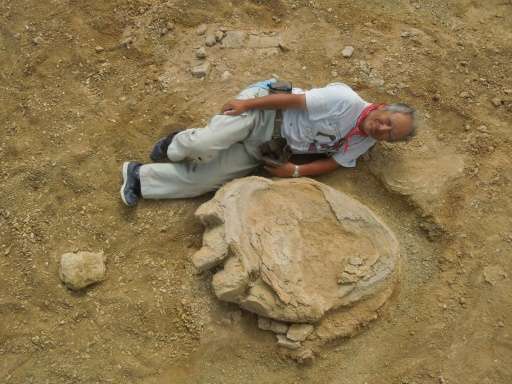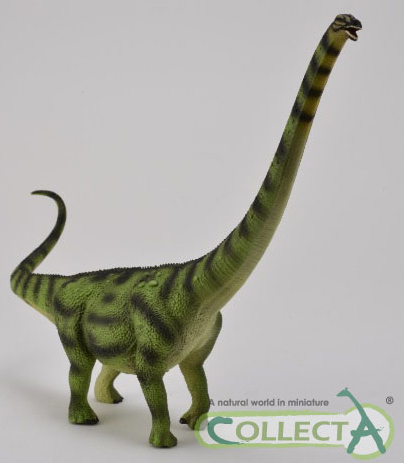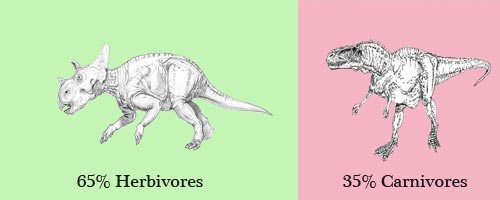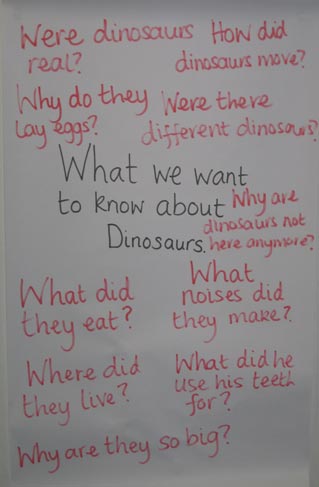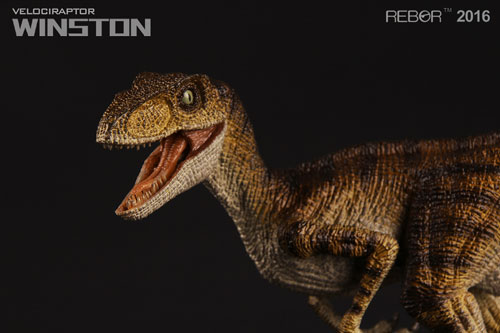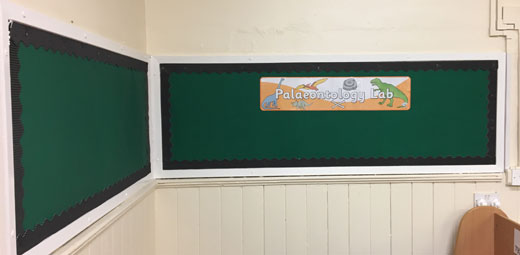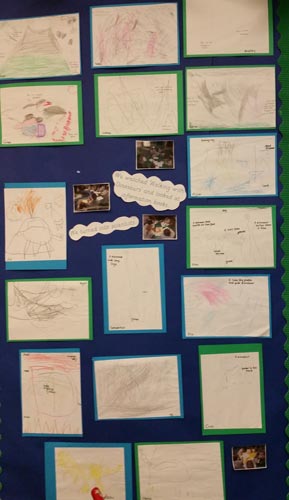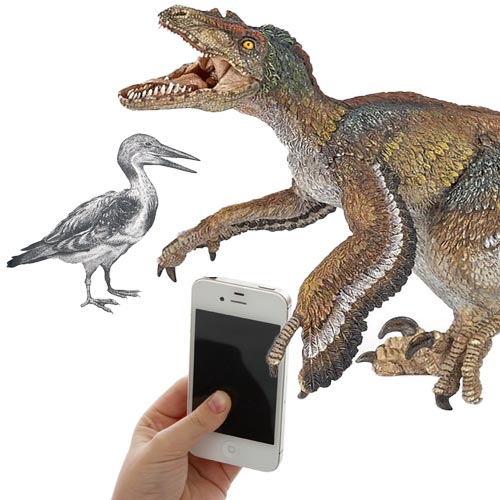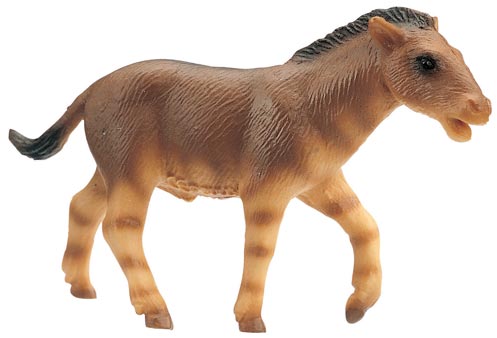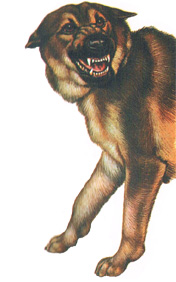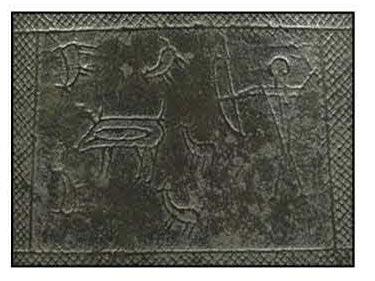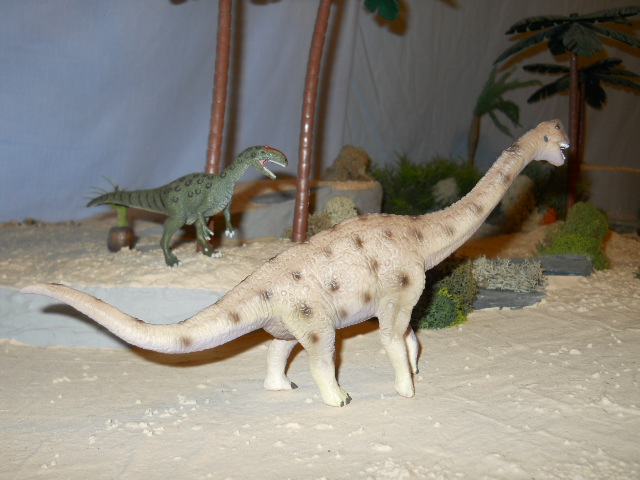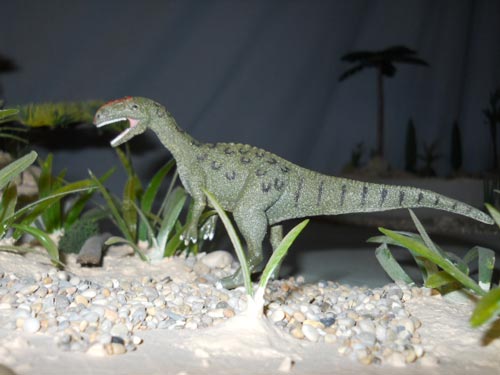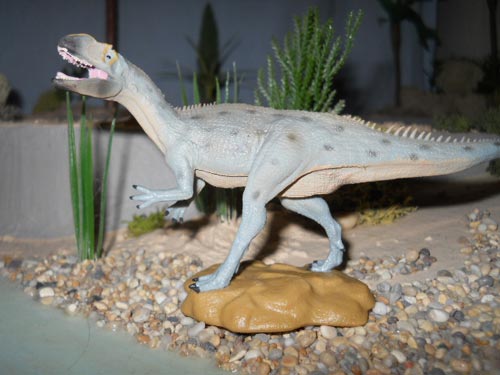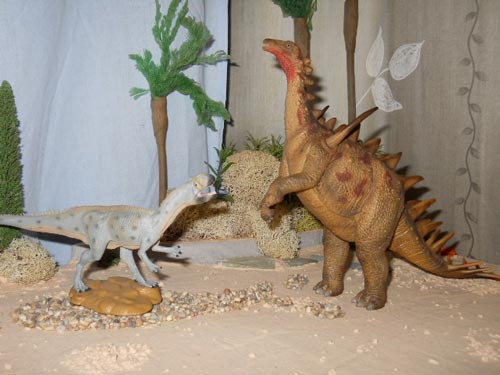DNA Analysis Hints at Earlier Exodus of Modern Humans from Africa
A number of scientific papers have been published this week, most notably in the journal “Nature”, which discuss the thorny issue of how our species spread across the world. Studies of modern human genomes from populations around the globe hint that there may have been an earlier human migration out of Africa, however, the evidence for this earlier migration remains controversial.
Understanding how and when our species migrated out of Africa and spread around the planet, reaching far-flung destinations such as Australasia, is still some way off. Rather than clarify and unify theories, genetic studies seem to have muddied the waters somewhat.
Out of Africa Human Migration
A Native of Papua New Guinea – New Research Indicates A Very Ancient Human Ancestry
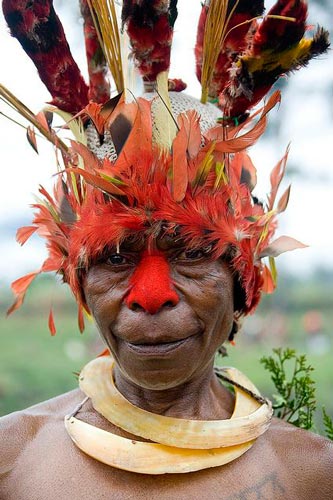
A native of Papua New Guinea.
Picture Credit: Eric Lafforgue
Out of Africa
For decades, palaeoanthropologists argued over the origins of our species. Did Homo sapiens originate from Africa or did we evolve from hominins that had spread across Europe, the Middle East and Asia much earlier? Whilst most scientist now agree that Africa was the “cradle of mankind”, skeletal remains from various locations and new research into ancient climates, particularly the prehistoric climate of the Arabian peninsula, hinted that modern humans may have migrated out of Africa earlier than 60,000 years ago.
Certainly, the migration of modern hominins (and we include Neanderthals and the enigmatic Denisovans within this group), seems to be much more complicated than previously thought. Fluctuating global climates allowed a number of migrations to take place with different species of people occupying different areas and indeed mixing at various points in our short history. Our family tree resembles a very gnarled and twisted sapling.
To read a related article that looks at how changing climates in the Arabian peninsula may have had an impact on human migration: Out of Africa and into Arabia.
Five Hundred Human Genomes Analysed (Almost)
Most non-Africans can trace their heritage back to a group of humans that left Africa around 60,000 years ago. However, the study of almost five hundred human genomes (483 to be precise, from 148 world-wide populations), undertaken by scientists at the Estonian Biocentre has found traces of a much earlier “Out of Africa” human migration.
Faint traces of an earlier human migration were recorded in the DNA of the people of Papua New Guinea, but this study suggests that these earlier human pioneers all but vanished, so it does not alter drastically the prevailing theories as to the ancestors of the majority of us. The researchers suggest that a genetic signature representing around 2% of the genome in present-day Papuans originates from an earlier and largely extinct expansion of anatomically modern humans out of Africa.
This data, together with fossil evidence and a recently published paper indicating a genetic mixing of Neanderthals and modern humans predating the main Eurasian expansion* contributes to the growing evidence to support the presence of our species outside Africa earlier than 75,000 years ago.
The paper published in the journal “Nature” and available as a pdf: “Genomic Analyses inform on Migration Events during the Peopling of Eurasia”.
Attempting to Map Human Migration out of Africa – When Did this Take Place? How Many Times?
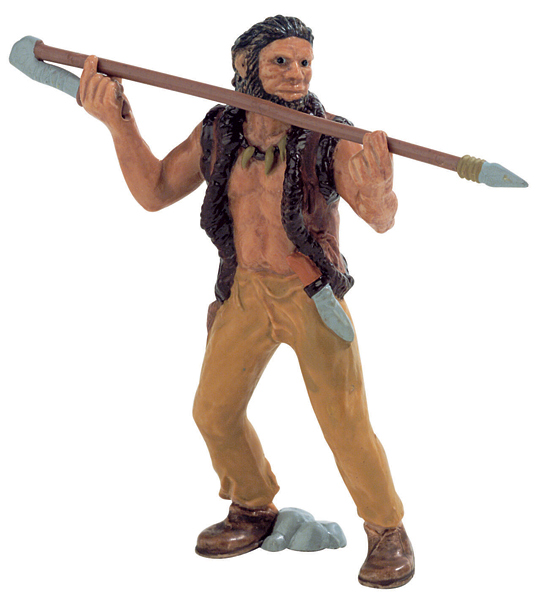
A model of modern human being (H. sapiens).
The figure in the picture is from the Bullyland model range.
To view the range: Bullyland Prehistoric Animal Figures.
Doctor Luca Pagani, lead author of the paper stated:
“All the other Eurasians we had were very homogenous in their split times from Africans. This suggests most Eurasians diverged from Africans in a single event… about 75,000 years ago, while the [Papua New Guinea] split was more ancient, about 90,000 years ago. So we thought there must be something going on.”
Same Edition of “Nature” Different Conclusions
In another paper, also published in “Nature” a team of scientists including researchers from the Estonian Biocentre (such as an author of the first paper – Mait Metspalu), as well as scientists from the Harvard Medical School and the New York Genome Centre, along with colleagues from a number of other institutions, came to a slightly different conclusion.
In this study, 300 genomes from 142 different populations were analysed and evidence was found of early splits in the populations within Africa, along with a single migration event that gave rise to non-African humans.
However, in this paper, no substantial evidence of an early (pre-60,000 years ago), African exodus was identified in the genomes of Papuans and other related populations such as of those groups that make up the Aboriginal race of Australia. This team of scientists conclude that if, the genetic legacy of a more ancient migration survives in these populations, it cannot comprise more than a tiny portion of the entire genome.
The paper: “The Simons Genome Diversity Project: 300 Genomes from 142 Diverse Populations”.
A Third Study – Similar Conclusion
Papers on human ancestry must be a bit like buses. You wait a while and nothing and then three come along at once.
In a third paper, also published in “Nature”, a study of the genomes of the Aboriginal race of Australia by researchers from the Centre for GeoGenetics, the Denmark Natural History Museum affiliated to the University of Copenhagen, along with colleagues from a number of other institutions including the Max Planck Institute, University College London and (once again), Mait Metspalu of the Estonian Biocentre, a similar conclusion to paper two is reached. That, if there was an earlier human migration, then it is represented by only a tiny portion of the genome of living people from Oceania and Australia.
The title of this paper: “A Genomic History of Aboriginal Australia”.
Professor David Reich (Harvard Medical School) and a member of the Simons Genome Diversity Project that published the second paper summarised the research as follows:
“In our paper, we exclude more than about 2% ancestry in Australians, Papuans, and New Guineans from an early dispersal population, and our best estimate is 0%. I am a bit concerned that poorly modelled features of the methods used by Pagani and colleagues [“Genomic Analyses inform on Migration Events during the Peopling of Eurasia”] may have contributed to a false-positive signal of early dispersal ancestry in them. However, an alternative possibility is that the truth is around 2%, and this might just be consistent with all three studies.”
No Definitive Signature for an Earlier African Migration
Dr Mait Metspalu, the scientist who figured in all three publications stated that although the other papers do not detect a definitive signature for an earlier African migration by anatomically modern humans, this idea is not rejected, so long as it just contributes to a tiny portion of the genome in people alive today.
We leave it to the esteemed Professor Chris Stringer from the London Natural History Museum for the final word (for the moment), on this aspect of human ancestry.
Professor Stringer explained that the analysis undertaken by the Simons Genome Diversity Project and those scientists who studied the genome of the indigenous Australians favour the theory of a single migration event out of Africa less than 80,000 years ago giving rise to all living non-Africans. In contrast, the paper with Doctor Luca Pagani as lead author, supports the idea of an additional and earlier modern human migration out of Africa more than 100,000 years ago, genetic traces of this earlier exodus can be found in Papuans, et al.
Tying It All in with the Human Fossil Record
There is certainly fossil evidence to indicate that our species (H. sapiens) was living outside Africa in the Near East, the Middle East and indeed elsewhere more than 60,000 years ago. However, the paucity of the human fossil record, coupled with problems over dating bones and teeth in conjunction with a rather confusing picture involving interbreeding between several species of humans (Neanderthals, Denisovans and potentially yet another species of early human or two), has led to a rather muddled picture.
All three papers, although drawing slightly different conclusions, are helping to contribute to a greater understanding with regards to our own ancestry and we expect this lively debate to continue. The evidence is likely to ebb and flow between the different scientific viewpoints, ironically, in a very similar pattern of backwards and forwards that most probably occurred with hominin species as they migrated in and out of various regions in response to climate change and other pressures.
Visit Everything Dinosaur’s website: Everything Dinosaur.
A view articulated in a letter entitled “Human migration: Climate and the Peopling of the World”, co-authored by Professor Chris Stringer and coincidently also published in the latest edition of “Nature”.
*For the related article published in February which suggests that modern humans and Neanderthals may have interbreed 100,000 years ago: Mapping the Ancient Gene Flow between Ourselves and Neanderthals.
